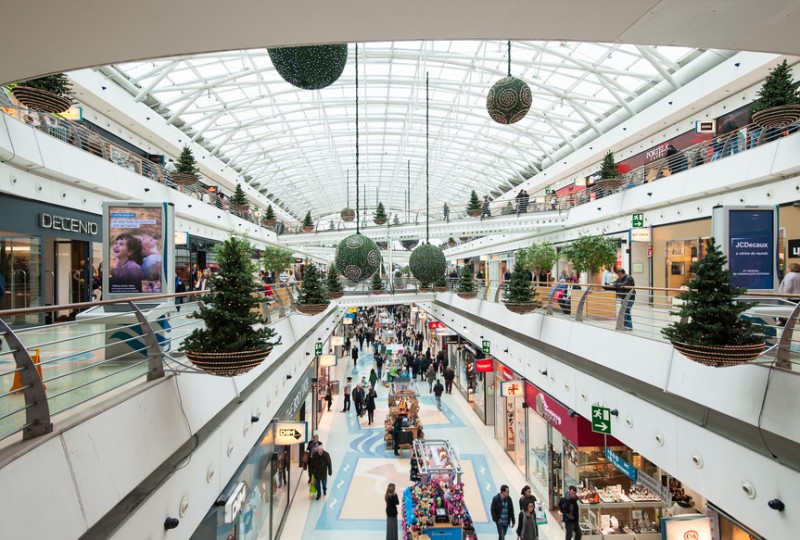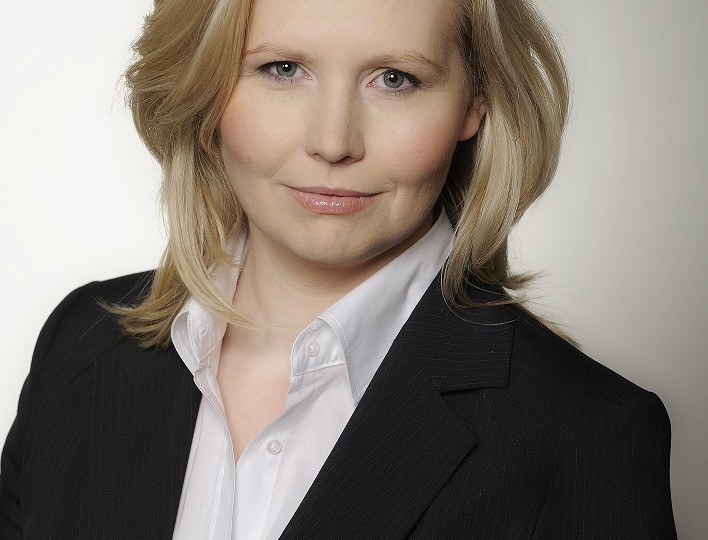CEE bucks trend with strong growth in investment activity
- Total investment across the region grew 11% to €11bn in 2016 outperforming Europe overall
- Strong inflows from outside Europe as African and Asian sources displace North American Capital
- Weight of capital continues to push yields lower, with further compression expected in 2017 with the region set to outperform Europe
Total commercial real estate investment* across Central and Eastern Europe (CEE**) reached €4.4bn in Q4 2016, a 27% increase on a year ago. This took full year volumes for 2016 to just over €11bn, an 11% increase on 2015 (€9.9bn), bucking the wider trend across Europe and on the continent where volumes shrank year-on-year. Cushman & Wakefield, a global real estate services firm, predicts a further growth of the region.
Commenting on the level of activity in 2016, James Chapman, Partner CE, Capital Markets at Cushman & Wakefield, said: “The significant increase in Q4 2016 activity demonstrates that the CEE market is picking up momentum with growing depth and diversity. 2017 will be characterised by scarcity of stock across Europe relative to large equity allocations. Investors will follow occupier trends in search of sustainable value so CEE offices and logistics look particularly attractive with absorption exceeding supply and rents bottoming out in core locations.”
Poland remains the powerhouse in the region attracting close to half the capital invested in the region over 2016 as activity grew 5% over the year to €5.2bn. The Czech Republic attracted a further 30% of investment as activity grew 30% to €3.3bn in 2016. Hungary saw investment more than double to €1.2bn.
Nigel Almond, Cushman & Wakefield’s Head of EMEA Capital Markets Research, added: “Cross border investors, especially those from outside Europe continue to plough capital into the region. Asian and African capital has become the dominant non-European source displacing the traditionally dominant North American investors. Redefine and Rockcastle were the major African investors focussed on Polish offices and retail who were mostly active in the early part of 2016, whilst GIC’s acquisition of P3 logistics, which included over €1bn of assets in the region, from TPG as part of a wider European portfolio formed the Asian capital. GICs move may spur other Asian capital, which has been active across core European markets to move into the region.”
Offices overtook retail as the most sought after asset class. Office investment grew 43% to over €4bn in 2016 and focussed on the Czech Republic and Poland. Retail volumes slowed over the year, down 14% to €3.6bn. Shopping centres, mostly across Poland remained in demand, but weaker sales in the rest of the region dragged sales lower. Logistics, reflecting the sale of P3, led to strong investment, up over 20% to €2.3bn in 2016.
Funds and listed companies were the dominant source of capital in the region, with investment from listed companies rising over 70% to €2.9bn, supported by stronger African investment. Excluding sovereign capital listed companies, funds and institutions were the biggest net buyers over the year.
Weight of capital has continued to drive yields lower across the region and on average close to 50bps lower. Prague has seen the biggest falls, with prime yields 125bps lower in the office and retail sectors, with a 50bp in Warsaw.
Jeff Alson, Partner CE, Capital Markets, Cushman & Wakefield, said: “With investor demand remaining strong we expect further yield compression across the region providing further capital growth ranging from 2% in Poland to 7% in the Czech Republic and low double digits in Hungary. Although weaker than 2016, all markets in the region are expected to outperform the European average (including the UK) of just over 1%.”
* Data based off Real Capital Analytics
** CEE refers to Czech Republic, Hungary, Poland, Romania and Slovakia
Cushman & Wakefield







